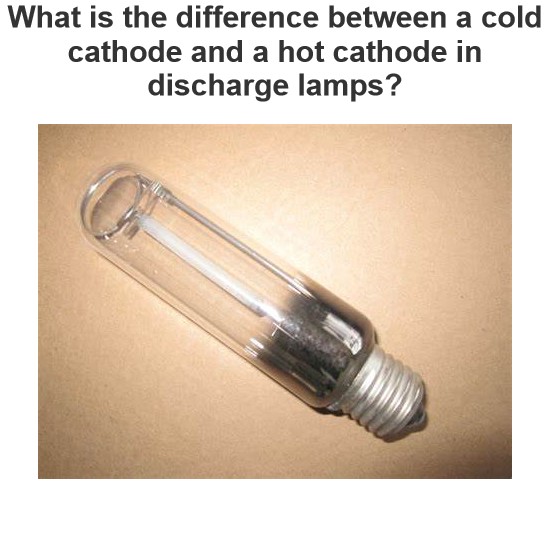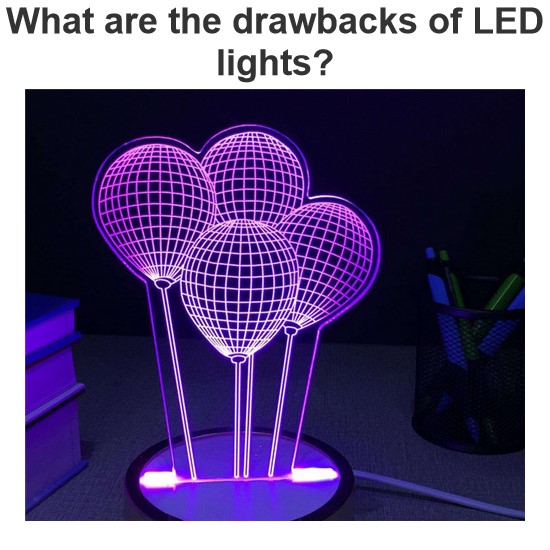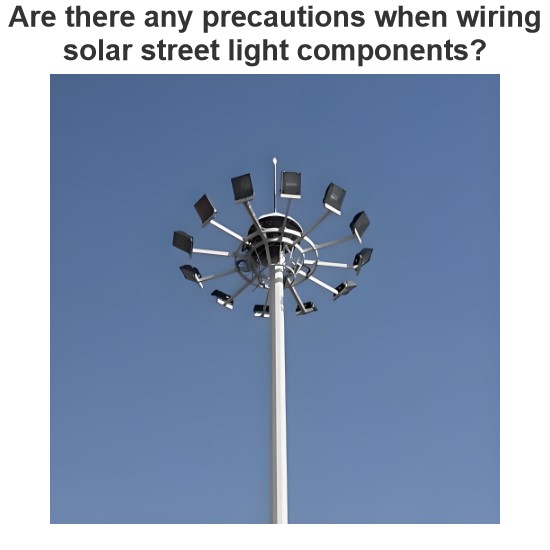Radiometry: What is it?
What is Radiometry?
Radiometry is a technique to measure electromagnetic radiation for any wavelength. Photometry is similar to radiometry, but photometry is related to visible light signals only, while radiometry includes signals of any wavelength – like ultraviolet, infrared, and visible light.
Radiometry is a method of detecting the radiation of material body and substance. According to Planck’s law, all material and substance radiate energy in the form of electromagnetic waves. Radiometry is used to investigate the intensity of radiation.
The energy carried by electromagnetic radiation is known as Radiant Energy (Qe). Radiant energy transmitted per unit time is known as Radiant Flux (ф).
In the radial direction, the radiant energy radiated from a point source per solid angle per unit time is known as Radiant Intensity.
The below table shows the comparison of various technical terms related to photometry and radiometry.
Radiometry |
Photometry |
||||
Technical Term |
Symbol |
Unit |
Technical Term |
Symbol |
Unit |
Radiant Energy |
Qe |
J |
Quantity of Light |
Q |
lm s |
Radiant Flux |
ф |
W |
Luminous Flux |
F |
lm |
Radiant Intensity |
Ie |
Wsr-1 |
Luminous Intensity |
I |
cd |
Radiant Emittance |
Me |
Wm-2 |
Luminous Emittance |
M |
lm m-2 |
Ee |
Wm-2 |
Irradiance |
E |
lx |
|
Le |
Wm-2 sr-1 |
Radiance |
L |
cd m-2 |
What is Microwave Radiometry?
Microwave radiometry is used to measure the thermally caused electromagnetic radiation of matter at a physical temperature above zero kelvin (0 K). This measurement of radiation helps to determine the properties of matter.
Microwave radiometry uses antennas and detectors that are used to observe various scenes. The microwave radiometers are used to receive electromagnetic radiation caused by the matter or body.
The amount of radiation revived by a microwave radiometer is expressed as the equivalent body temperature and this temperature is known as brightness temperature.
The brightness temperature distribution is almost a weather independent indicator.

As shown in the above figure, the radiofrequency signal is received by the antenna. A Dicke Switch is used for calibrating the high-frequency signal.
Then the high-frequency signal is converted into the intermediate frequency with the help of a local oscillator signal.
After that the signal pass through the Low Noise Amplifier (LNA) and bandpass filter. The signal can be detected in full power mode by splitting into multiple frequency bands with a spectrometer.
What is Photothermal Radiometry?
Photothermal Radiometry is a tool used to inspect the material without comes in contact. The excitation of thermal waves affects the thermal emission on the heated surface.
Photothermal radiometry is related to detect and measure IR radiation. It links with two functions; first is optical excitation which produces thermal waves within the sample and second is radiometric detection of the associated emission of heat radiance.
The first scheme is used to monitor the narrowband amplitude and phase of the signal for the modulated signal. The second scheme is used to monitor a wide band of sample’s thermal response on the pulsed excitation.
The temperature measurement affected by spatially concentrating the irradiance. And also consider various measuring conditions that affect the IR flux like optical material properties, the absolute temperature of surrounding, surface roughness. Generally, these factors are ignored in photothermal applications.

The above figure shows a compact photothermal radiometry setup. In this experiment, a Laser diode is used to generate intensity modulated light. By the absorption of light heat is generated.
In photothermal radiometry, a cooled IR detection device is used to monitor thermal response and variation of temperature. By suitable optics, the emitted IR radiation is imaged on detection.
A liquid nitrogen or MCT- Mercury Cadmium Telluride is used as a cooled IR detection device.
Statement: Respect the original, good articles worth sharing, if there is infringement please contact delete.
Electrical4U is dedicated to the teaching and sharing of all things related to electrical and electronics engineering.




